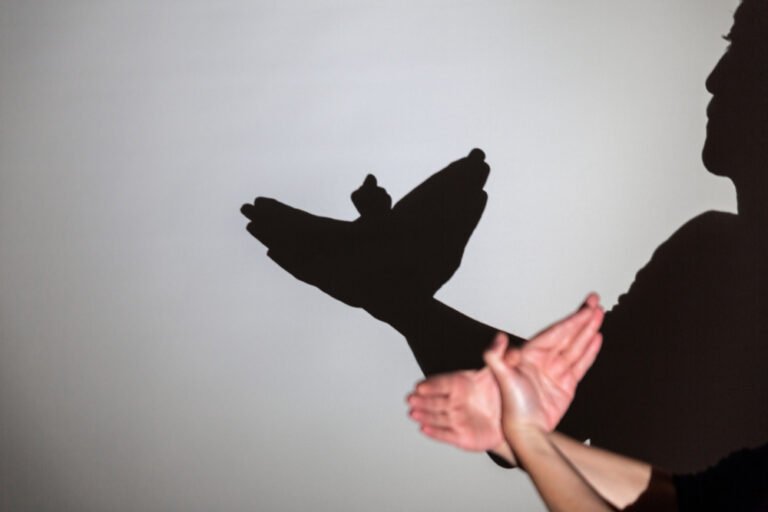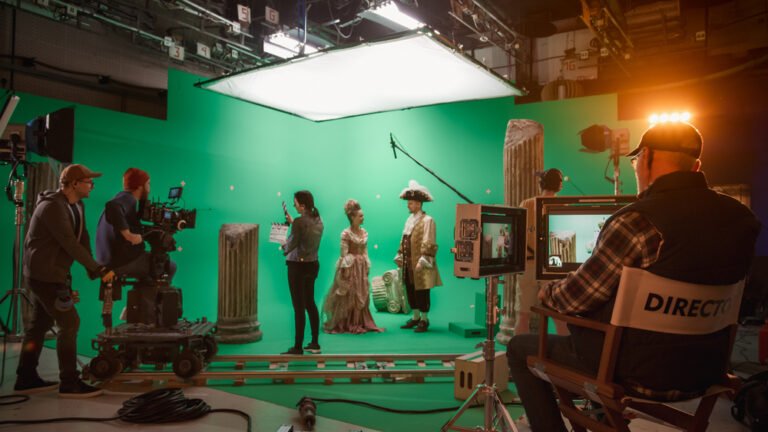How to Learn Chinese Characters in Seconds

Close your eyes — only if it’s safe to do so — and let’s start a journey. Imagine you’re standing outside your home. Look around, recall the details, and touch something nearby. Suddenly, Neo from The Matrix is beside you, and with him, the acclaimed Gary Oldman. Next to them stands a gigantic syringe, filled with a bright green liquid, as tall as Oldman himself.
What does this all have to do with your ambition to learn Chinese characters? Everything, as you’re about to discover. This syringe, once plunged into the ground by Oldman, causes the earth to tremble and transform into a desert. Neo, with a determined leap, injects the liquid into the earth, and just like that, the environment changes.
The power of visualization in learning Chinese characters
This vivid scenario isn’t just a flight of fancy. It’s a gateway to comprehensible input, a crucial component if you’re aiming for fluency in Chinese. To truly grasp the language, learning Chinese characters is non-negotiable. With around 3,000 characters needed for proficiency, traditional learning methods can feel ineffective or downright dull. But not anymore.
Related Reading: How Chinese Words Work
Why visualization works

Our brains are hardwired to remember vivid, concrete images much better than abstract symbols, making visualization a potent mnemonic device. The traditional rote methods of staring at flashcards and repeating strokes can make the process of learning all Chinese characters feel like an insurmountable task. These methods often fail to leave a lasting imprint on the learner’s memory.
And if you’re more of a visual learner, you might want to check out our video version of this blog post.
A new approach to learning Chinese characters
Imagine transforming all Chinese characters into memorable stories with characters, emotions, and actions. This method turns each Chinese character into a protagonist of its own narrative, making learning an interactive and unforgettable experience.
For example, instead of seeing 山 “shān” (mountain) as just three peaks, envision it as part of a scene from a favorite mountain adventure movie. Now, every time you encounter ‘山,’ it’s not just a symbol; it’s a multi-sensory experience that you recall, filled with details and emotional connections.
Related Reading: Understanding Chinese Characters: the Basics You Need to Know
By leveraging visualization, you transform the task of learning Chinese characters from a monotonous chore into an imaginative and enriching journey. This approach not only makes the process more effective but also ignites a passion for the language that goes beyond mere memorization.
For too long, learners have been shackled by rote memorization, struggling to retain the form and sound of each Chinese character. My own experience mirrored this struggle until I stumbled upon the memory palace technique — a game changer in the way we learn Chinese characters.
The memory palace technique is an ancient mnemonic device that helps in memorizing information. It involves visualizing a familiar place, like your home, and populating it with vivid, sensory-rich images representing the data you want to remember.

Each location within this mental “palace” serves as a peg for a specific piece of information. For learning Chinese characters, this means associating every character with a unique image or scene placed in a particular location in your memory palace. The more dynamic and unusual the association, the more likely it is to stick in your long-term memory.
Related Reading: Debunked: Common Myths about Learning Chinese
Enhancing the Heisig method
The Heisig method specifically relates to learning Japanese kanji and Chinese hanzi. Developed by James Heisig, it involves breaking down each character into simpler components, which are then turned into unique stories or images to aid in memorization. The method focuses on learning the writing and meaning of the characters first, without an initial emphasis on pronunciation.
Both the Heisig method and the memory palace technique utilize visualization and the creation of memorable associations, but they apply these tools in different ways. The memory palace is about placing information along a mental journey, while the Heisig method is about creating stories from the elements of each character.
Visualizing characters as stories
Imagine looking at a character and seeing not just strokes but a story unfold where each part of the character is an actor or prop in a play. This is the essence of the Heisig method. It invites you to create a mental storyboard for every Chinese character you learn.
For instance, if you come across the character 木 “mù” which stands for “tree,” you might visualize your childhood treehouse swaying in the wind, a memory as sturdy as an oak.

Bridging the gaps in the Heisig method
However, as those who venture deeper into the world of Chinese characters discover, the Heisig method has its issues. It crafts a silent movie where the characters have no voice. In other words, it teaches you how to remember the look of a Chinese character, but it remains silent on their pronunciation.
After wrapping my mind around 50 or so characters using the Heisig method, a realization dawned upon me. To truly learn Chinese characters, you must hear their melody as well. This revelation was the genesis of The Blueprint, a more holistic approach that marries the visual memory of all Chinese characters with their phonetic companions.
Related Reading: Best Resources for Learning Chinese
All Chinese characters in technicolor and Dolby sound
The Blueprint isn’t just an evolution — it’s a revolution. It elevates the silent actors of the Heisig method to talking characters in a blockbuster film. This innovative method ensures that as you visualize the character, you also learn its pronunciation, tone, and the symphony it plays in the language.

The result? A multi-sensory experience where every Chinese character is etched into your memory not just as a picture but as a full scene with dialogue and action. No longer are you left to wander the maze of characters in silence, but you stride through a vibrant market where each character greets you with a distinct voice.
As you start on this journey to learn Chinese characters, The Blueprint stands as a testament to the power of innovation in language learning. It’s a method designed not just to navigate but to conquer the landscape of Chinese linguistics, ensuring that each character’s story is heard as well as seen.
Related Reading: Chinese Fluency: How Long Does it Take with Mandarin Blueprint?
From visualization to conversation
With this approach, we’re not just learning to recognize characters; we’re learning to bring them into conversation, to make them dance to the rhythm of Chinese speech. This is the path to true fluency, where every character you learn becomes a living, breathing part of your linguistic repertoire.
Inspired by Joshua Foer’s Ted Talk, I explored the techniques of memory athletes. They leverage a blend of people, objects, places, and actions to recall vast amounts of information quickly. This approach is perfect for mastering all Chinese characters.
Adapting the pinyin chart for memory techniques
When tackling the challenge of learning Chinese characters, the pinyin system, which is the romanization of Chinese sounds, serves as your map. However, the traditional pinyin chart is quite complex, with a wide range of finals (the part of the syllable after the initial consonant) and a smaller set of initials (the beginning consonant sounds). This complexity can be overwhelming for learners.
Refining for efficiency
To make learning more efficient, we’ve cleverly adjusted the pinyin chart. By reducing the number of finals and increasing the number of initials, we’ve established a more balanced system. This means fewer syllable endings to memorize and more distinct starting sounds, facilitating a smoother learning curve for remembering how each Chinese character is pronounced.
Related Reading: Mandarin Blueprint Case Study – Chris “C. J.” Thompson
The “null final” solution for atypical Chinese characters
When it comes to Chinese characters, you’ll encounter some that are the exceptions to the rules — they don’t fit neatly into the typical pinyin structure. These characters might lack an initial sound altogether, making them tricky to categorize and remember.
To tackle this, the “null final” concept was born. Think of it as a wildcard or a placeholder — it’s a way to represent these exceptional characters within the pinyin system, even though they don’t have a corresponding final sound. It’s like having an empty space in a sequence that says, “Pay attention, something unique goes here!”
A harmonious system for tone association
This streamlined approach not only helps with the structure of sounds but also with tones — the sounds of Mandarin Chinese. These are the pitch patterns that are essential to the meaning of Chinese words. By organizing the chart this way, each Chinese character is associated with a specific tone more intuitively and memorably.
By refining the pinyin chart and introducing the “null final,” we’ve crafted a system that simplifies the process, making it clearer for learners to navigate the beautiful complexity of Chinese pronunciation.
Related Reading: Tone Change Rules In Mandarin Chinese
Actors, props, sets, and scripts
The Blueprint categorizes pinyin initials and assigns them to actors. Objects become props, representing the components within a Chinese character. Personal buildings act as sets, denoting pinyin finals, and actions weave them all together to depict the character’s meaning.

Selecting actors and sets is more than a mnemonic exercise. It’s building a mansion in your mind where each room helps you learn Chinese characters. The key is to choose those that evoke emotion and significance, making the memory stick.
Learning Chinese characters with the Hanzi movie method
Let’s take the Chinese character 干 “gān” as an example. Using the Hanzi movie method, we place Neo and Oldman outside your home with the syringe. Neo’s jump and the subsequent desertification represent the character’s meaning: “dry.” Through this method, even the most abstract concepts become tangible.
Related Reading: The Hanzi Movie Method (Part 1): The Best System of Chinese Character Mnemonics
Quickfire character learning
Rapidly applying this method, we can start to learn additional characters such as 半 “bàn” (half), 人 “rén” (person), and 从 “cóng” (from), each with their own vivid scenarios. By personalizing the technique with familiar faces and places, these Chinese characters become unforgettable.
The Blueprint curriculum is designed to take you from zero to hero. Starting with the 600 most common characters, you progress to an advanced level, where you learn all Chinese characters necessary for fluency, supported by a logical order and comprehensive context.
Your gateway to Mandarin mastery
Begin your journey to Mandarin fluency with Mandarin Blueprint, where learning Chinese characters becomes the easiest and most enjoyable part of your language adventure. Transform the daunting task of memorization into a delightful experience with our FREE Mandarin Fluency Scorecard. In less than a minute, unveil a personalized roadmap to fluency, understand your linguistic strengths and weaknesses, and receive a custom report with immediate steps tailored just for you.
Whether you’re just starting or polishing advanced skills, our scorecard is designed for learners at every level, offering valuable insights tailored to your proficiency. After discovering your score, you’ll have the opportunity to explore further learning through our webinars and courses. However, your journey is yours to shape. So why wait? Take that first step, and let’s make the impossible possible together.








